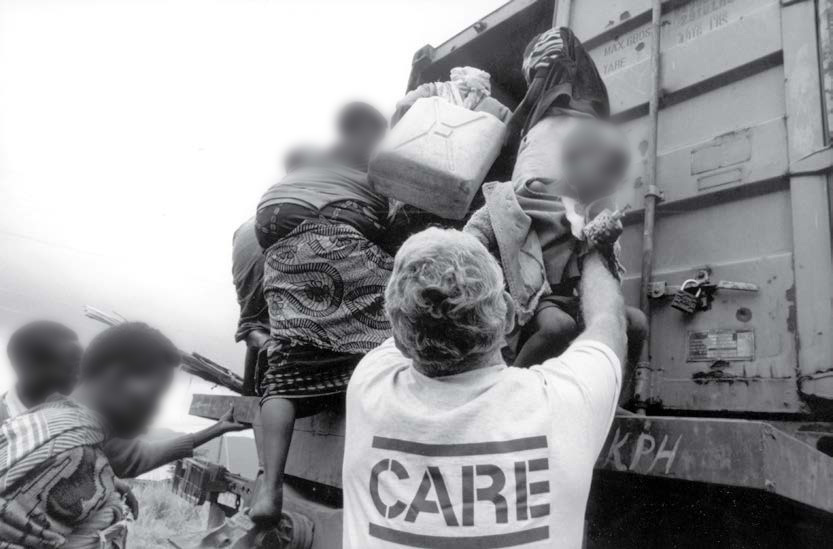
CARE International has been a steadfast partner in Rwanda’s development journey since 1984, invited by the Government of Rwanda to contribute to a society where dignity and security prevail for all and poverty is eradicated. Over four decades, CARE Rwanda’s work has evolved, adapting to the country’s changing needs and focusing on empowering vulnerable populations, particularly women and girls.
CARE’s journey in Rwanda began in 1984, primarily focusing on critical environmental protection and rehabilitation. Key efforts included extensive reforestation in areas like the Gituza valley, resulting in the well-known “CARE forest.” From 1985, CARE also partnered to establish gravity-flow water systems, significantly improving safe water access for over 70,000 people and easing the burden on women and children. Public health interventions, crafts development, and support for fishing projects further marked this period, alongside emergency assistance to Burundian refugees in 1988 amidst rising insecurity.
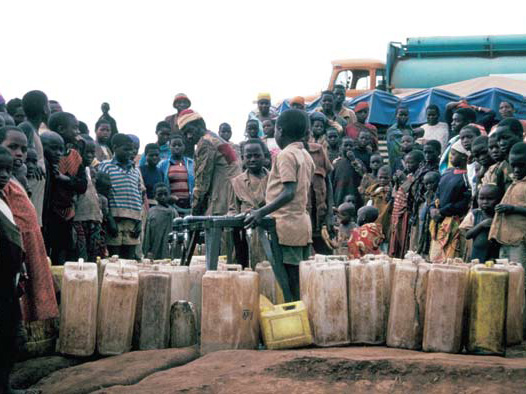
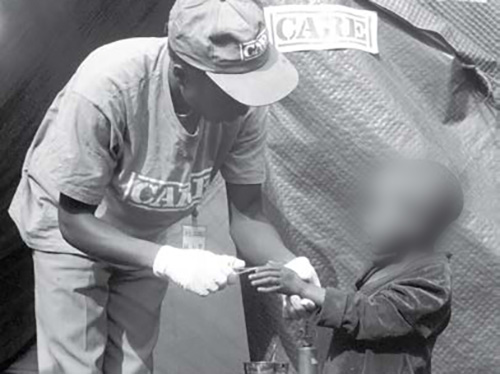
The 1994 Genocide against the Tutsi led to a temporary evacuation, but CARE Rwanda swiftly re-established its Kigali office by mid-August 1994. From September 1994, operations focused on assisting up to 1.7 million Rwandans, setting up “way-stations” to support returning refugees and displaced persons with food, essentials, and shelter. Post-conflict, efforts included rehabilitating vital water infrastructure in Kibungo Prefecture and constructing shelters for genocide widows in Gikongoro, empowering them with economic rehabilitation plans. Agricultural support, through seed and tool distribution, also helped farmers restart their livelihoods.
In the early 2000s, CARE pivoted to address the enduring legacies of the 1994 Genocide against the Tutsis, specifically focusing on the needs of orphans, vulnerable children, and youth. Their 2002-2004 strategy aimed for economic security for vulnerable households and to combat HIV. This period saw the development of the innovative Nkundabana Model, a multi-faceted approach providing psychosocial support, community ownership, and foundational economic and food security for children through trained volunteers.
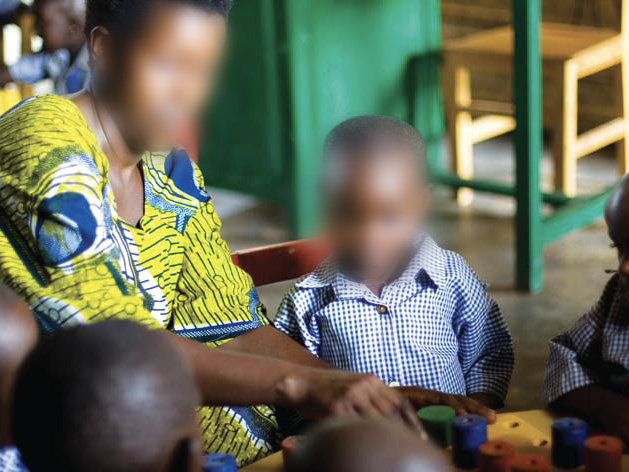
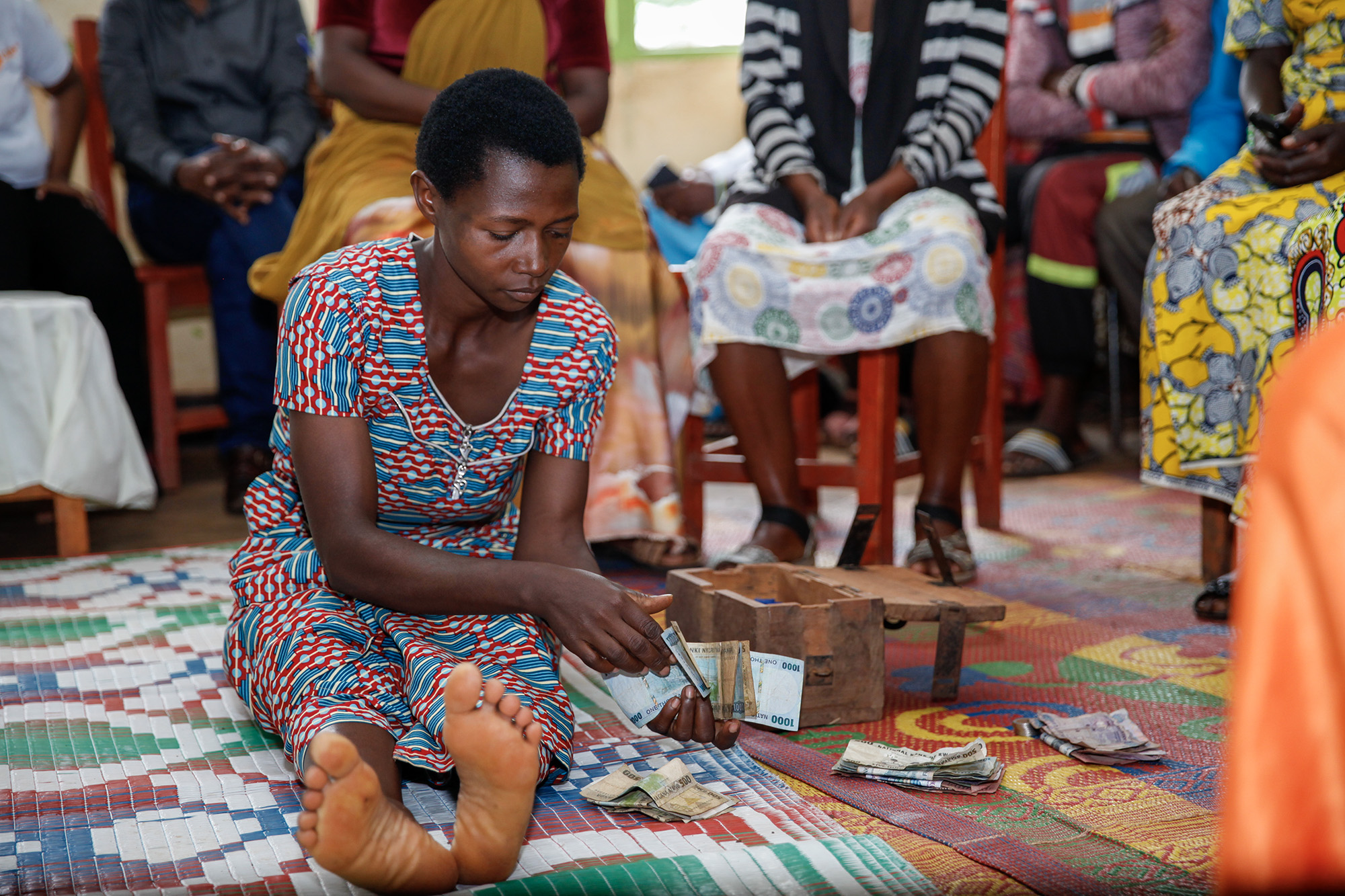
From 2005, CARE Rwanda expanded its Nkundabana model and ventured into Early Childhood Development. A core commitment became promoting gender equality through economic self-sufficiency, aligning with national policies. This included engagement in good governance and advocacy, notably the PPIMA project for citizen participation. A significant shift post-2010 was towards locally-led development; by 2017, CARE became a facilitator, channeling over 60% of its budget through 57 diverse local partners, solidifying partnership as its “Modus operandi.”
CARE Rwanda’s 2021-2025 strategy aims to empower 1.5 million women and girls (10-59) to graduate from poverty and thrive in a green, private-led economy by 2025, ensuring equal rights and dignity. This includes two pillars: Gender Justice and Right to Health (500,000 women/girls free from GBV, with SRHR access) and Women Economic and Climate Justice (1.2 million women/girls with climate-resilient economic resources). In FY24, CARE Rwanda reached 505,265 people (68.7% female) across 17 districts. Current projects like “Powered by Women in Rwanda,” “Kungahara,” and “SERVE” continue this transformative work, having supported thousands of MSEs and generated significant sales, reflecting CARE Rwanda’s enduring commitment to sustainable development and social justice.
CARE Rwanda maintains innovation at the heart of its interventions in the country. This is demonstrated through various country office’s interventions:
CARE is a global leader within a worldwide movement dedicated to ending poverty. We are known everywhere for our unshakeable commitment to the dignity of people.

90% of CARE USA’s expenses go to program
services.